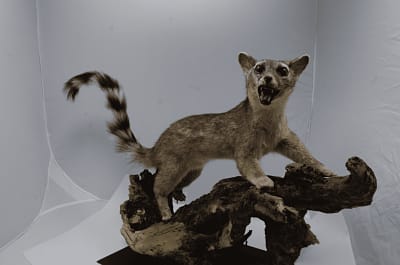
Project Background
The Xitle Volcano
The ecosystem of El Pedregal was formed around 1,670 years ago, when lava from the erupting Xitle volcano covered the settlements of Copilco and Cuicuilco.
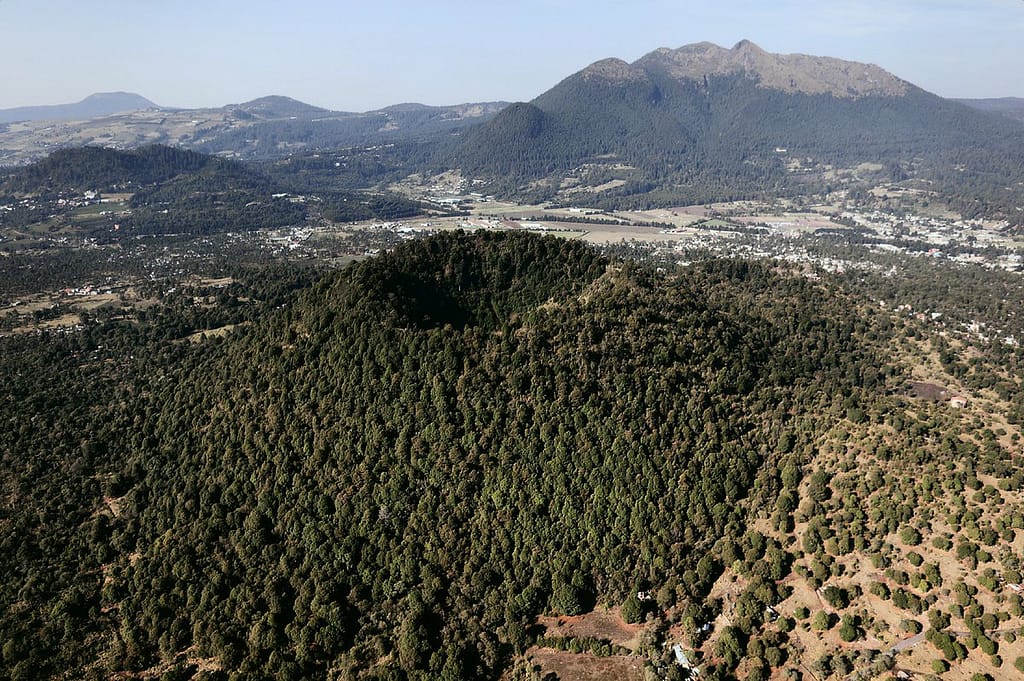
In the mid-1950s, the area was considered inaccessible and inhospitable, but the dominant development criteria of the time promoted this space as an alternative for the expansion of the city.
Paradoxically, the Reserve had remained pristine and untouched since pre-Hispanic times.
The solidified lava created a microrelief that allowed for the coexistence of species typically found in different climatic or altitudinal conditions, giving rise to unusual associations of flora and fauna within just a few meters.
To date, 1,849 species have been recorded, of which 317 are exotic.

The last remaining vestige is located in the REPSA
In 1983, the Ecological Reserve of Pedregal de San Ángel (REPSA) at Ciudad Universitaria was established at the initiative of a group of researchers, with the aim of protecting the last vestiges of a unique ecosystem, rich in biodiversity and on the verge of extinction.
Endangered species
The difference in temperature and pressure within a volcanic zone has resulted in species that are normally found in different environments.
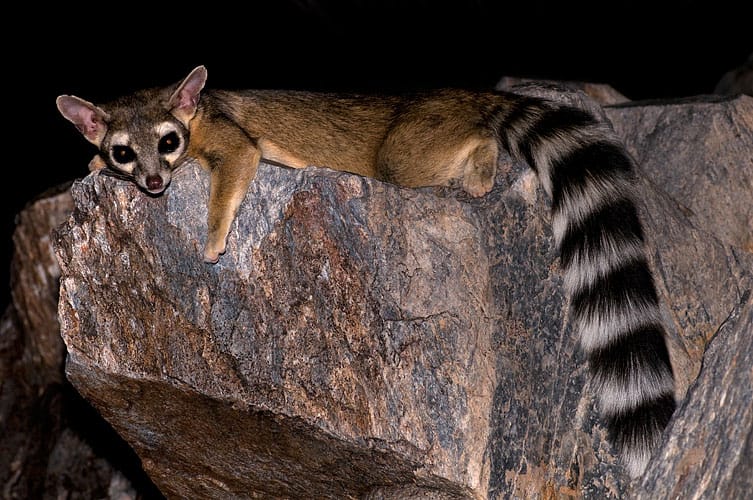
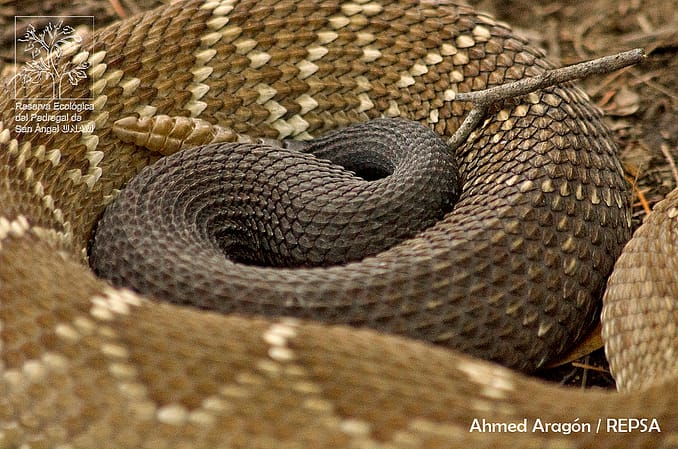
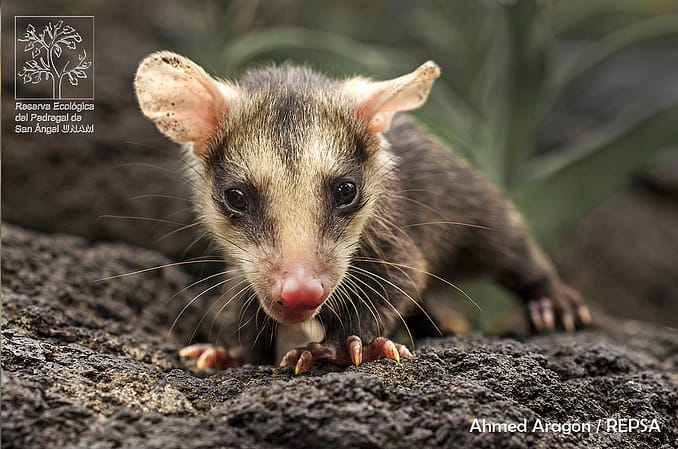
First sketch of the installation
- Endangered species
- Virtual Reality
- Actual spaces of the Reserve
- Diversity of Mexican specie
Experience concept
Explore the Reserve through different senses. There are four interactive species in real locations, each revealing their perception of a nocturnal space.
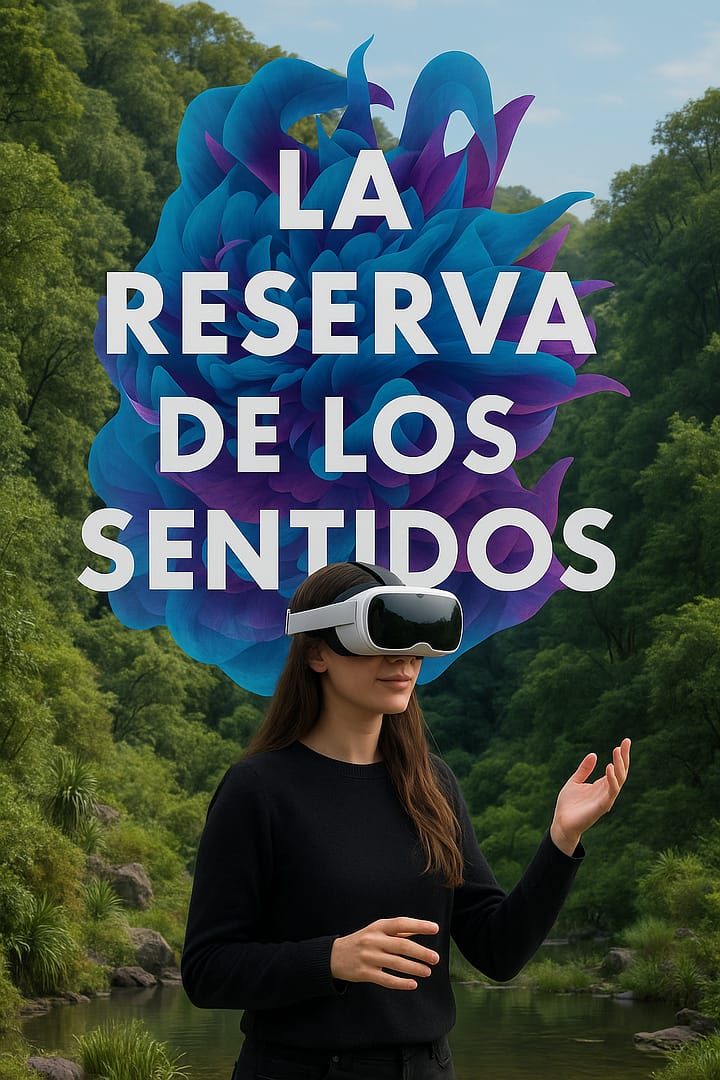
Technological challenges tackled/developed during the project
the production process
The VR installation immerses us in a space of solidified volcanic lava within the ecological reserve, where nocturnal species exchange their perceptions through a graphic interpretation of animal and plant sounds.
LANGUAGE : En COUNTRY: México RELEASE YEAR:2021 AUTHOR: Salvador Servín PRODUCER :Salvador Servín Mejía DEVELOPERS : José Limón Jacob Rosati Alejandro Rivero Jr . TOPICS : Arts and Culture,Environmentalism TECHNOLOGIES : 360 Video, Binaural audio,Lidar scan, Oculus Rift, Photogrammetry, Unity. TECHNIQUES : 360 Video,3d Modeling, Binaural Audio,Data Visualization,Virtual reality BUDGET RANGE : US$ 10000.00 FUNDERS AND INCUBATORS : Art, Science and Technology, UNAM and National Council for Culture and Arts (México) , Reserva Ecológica del Pedregal de San Ángel de la Universidad Nacional Autónoma de México
Models
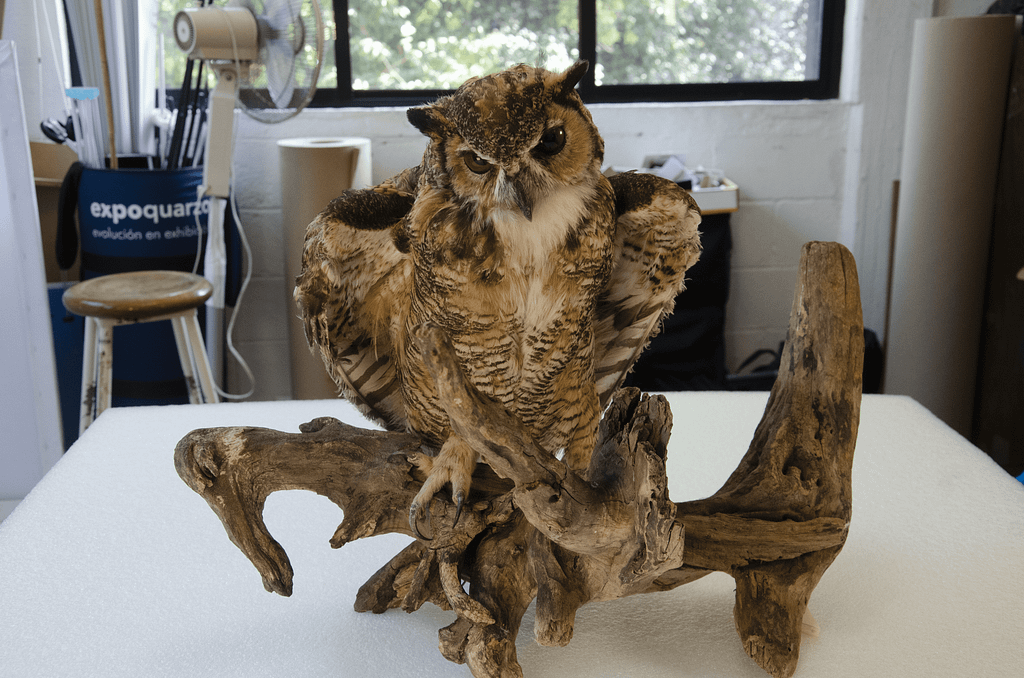
Buho by SalSeavoir on Sketchfab
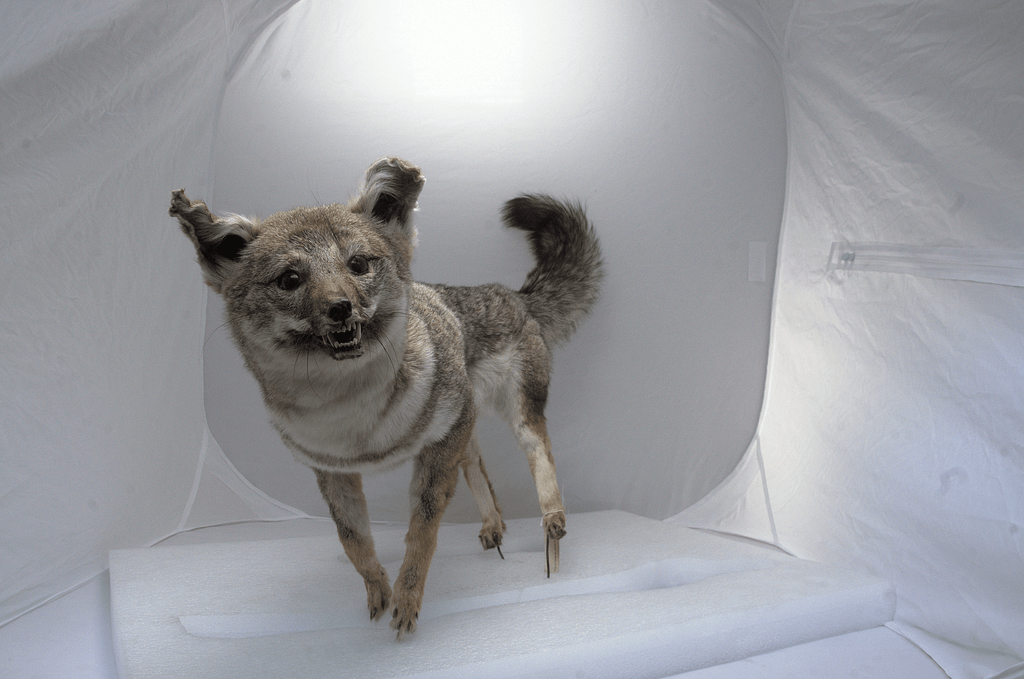
Zorra Gris by SAL on Sketchfab
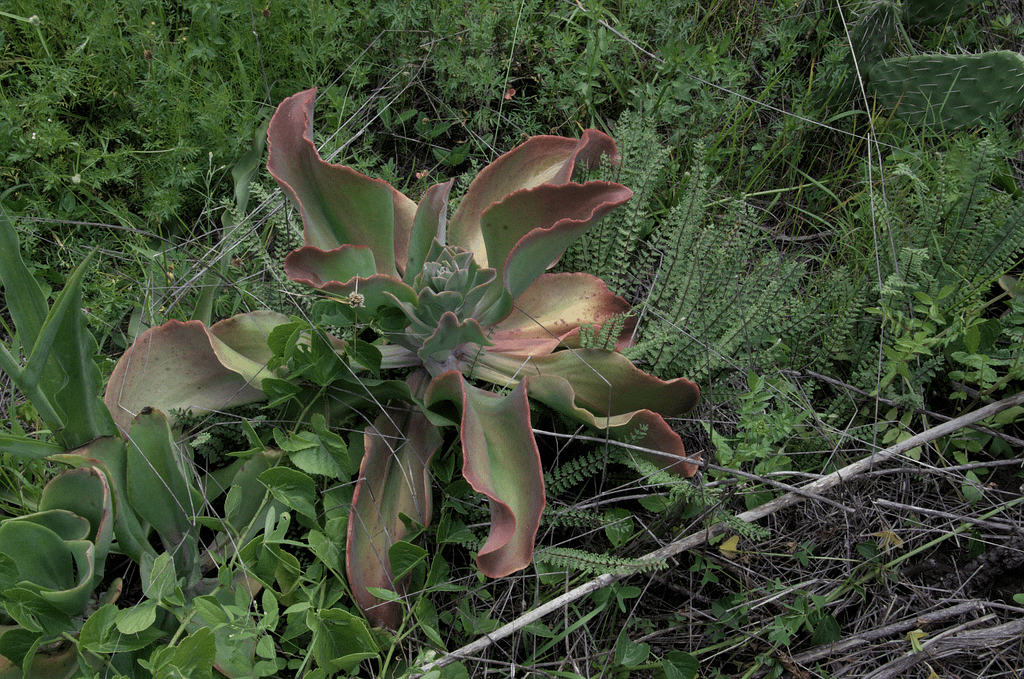
Echeveria gibbiflora by SAL on Sketchfab
Title: Methodology for the Accessible Production of Virtual Assets through the Technique of Photogrammetry
Author: Salvador Servín Mejía
University: National School of Cinematic Arts (UNAM)
This thesis presents an accessible and cost-effective method for producing digital assets in virtual reality using photogrammetry. Through a detailed technical and conceptual approach, Salvador Servín documents how to capture real-world elements —such as the flora and fauna of UNAM’s Ecological Reserve— and transform them into high-quality 3D models. The work also offers critical insights into the grammar of VR, degrees of user freedom, and the challenges of immersive content creation in low-budget contexts like Mexico.
An essential read for artists, technologists, and students aiming to democratize virtual experience creation without compromising quality or conceptual depth.



